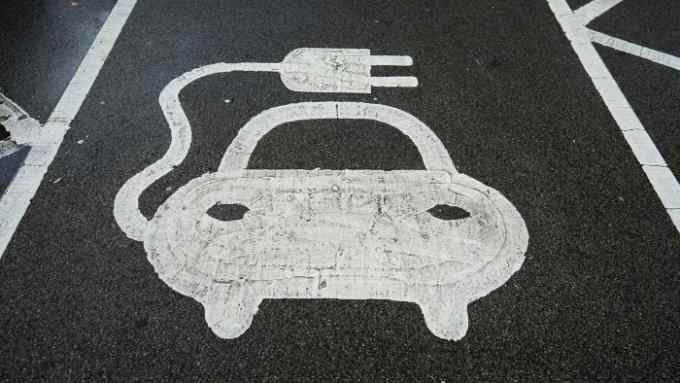Carbon counter: too many COP26 tagalongs, too big a footprint

Roula Khalaf, Editor of the FT, selects her favourite stories in this weekly newsletter.
Few climate conference delegates travel by private jet these days, as Bill Gates did in 2015. Yet big environmental meetings usually have big carbon footprints. The UN’s COP26, which starts in Glasgow on Sunday, will be no exception.
In the past three UN climate conferences, emissions from long-distance travel averaged 85 per cent of the total. Inevitably, travelling back and forth to the venue also creates emissions. Some of the 30,000 or more visitors will have to commute tens of miles every day, though cruise ships have been hired to ease the shortage of hotel rooms.
Accommodation is, after flights, likely to be the biggest cause of carbon emissions for COP26. It usually accounts for about half the domestic total, though a homestay programme should reduce the total.

Heating is a significant factor here. Moreover, some meeting venues have low ratings for energy efficiency. Historically, the need to heat temporary structures — often with diesel generators — racks up emissions. The UK intends to use waste oils, like old chip fat, as a green alternative.
Summit organisers often prefer to exclude some embarrassingly large categories of carbon costs when they talk about an event’s footprint. In 2016, France boasted that its carbon footprint for COP21 amounted to 9,600 tonnes of CO2e “on national territory” — equal to the annual emissions of just 800 French people. This excluded international flights.
Leaders negotiate important deals most effectively face-to-face. And a virtual preparatory meeting organised by the UN in June suffered from timezone underlaps and tech hitches.
But there is a good argument for restricting numbers tightly. Many COP26 attendees will be bag carriers, professional lobbyists and other inessential tagalongs. Better for them to attend digitally. Switching a big academic conference online resulted in a carbon footprint at least 97 times smaller.
The Glasgow conference, like its predecessors, will claim to be carbon-neutral. The UK government will invest in a spread of projects. Poland planted 685 hectares of trees. Bonn spent €418,000 on projects such as biomass stoves in Rwanda.
The value of offsets is very debatable. The carbon reductions promised by providers rarely bear close scrutiny. It would be much better to generate fewer emissions in the first place.
The Lex team is interested in hearing more from readers. Please tell us what you think of the carbon footprint of COP26 in the comments section below
Climate Capital

Where climate change meets business, markets and politics. Explore the FT’s coverage here.
Are you curious about the FT’s environmental sustainability commitments? Find out more about our science-based targets here

Comments